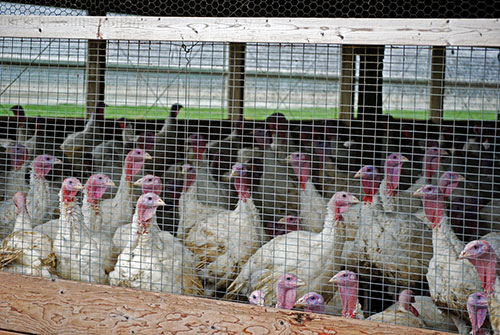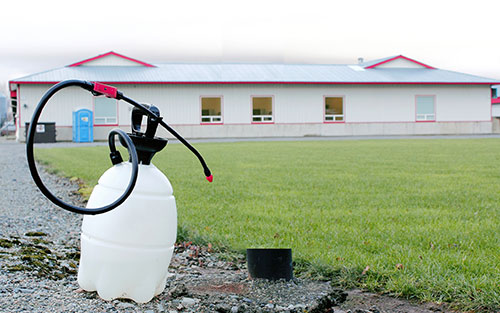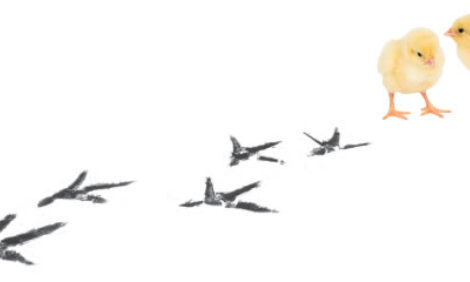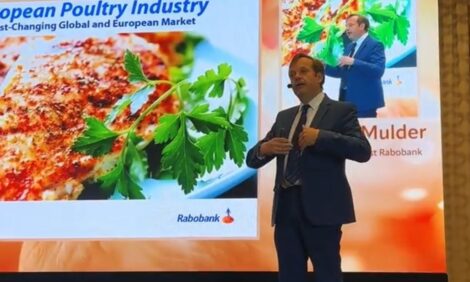



Turkey Breeder Health: New Challenges and Demands
While disease management remains a direct challenge to the turkey breeder industry, indirect challenges such as the hiring of a competent workforce and animal welfare have now become critical issues. 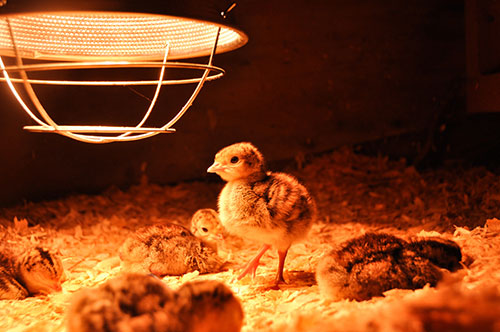
Dr Helen Wojcinski, DVM DVSc ACPV, Manager Science and Sustainability Hybrid Turkeys, a division of Hendrix Genetics, presented these challenges of turkey breeding during the 2015 Midwest Poultry Federation (MPF) Convention in St Paul, Minnesota, USA.
The health of turkey breeders is critical to ensure the economic production of high quality fertile hatching eggs in order to produce poults which meet the demands of the commercial industry, that now includes: raised without antibiotics, organic, and poults which may be transported up to 20 hours.
Additional demands now come from retailers, consumers and the general public who all have high expectations and demands of how their food is produced and animals cared for. In the past, these applied only to commercial turkeys, but now these requirements are being applied to hatcheries and breeding source flocks.
Indirect Health Challenges
Indirect health challenges are those which require increased resources to ensure that our flocks are receiving the level of care and management necessary to increase consumer confidence and show transparency.
The first challenge the breeder industry faces is the hiring of competent workers
Many young workers come from Generation Y (also known as the Millennials, birth years from early 1980’s to early 2000’s). They are the first generation to grow up with computers in their homes and are often termed “media addicts”. They thrive on working within a group and need to be in constant electronic “contact”. They value family time and regard their work as “just a 9 to 5 job”.
Many of their traits do not mesh with what is expected of a worker on a turkey breeder farm.
In addition, agriculture in general is not attractive to this group.
Some companies have invested in offering summer internship positions hoping that students will want to return to work within their operations upon graduation.
The second challenge is regarding animal welfare, or more precisely, the perception of the welfare of the birds
The turkey breeder industry is quite vulnerable because of the number of times we physically handle birds for vaccination, selection, insemination and movement. Each time, there is a chance that birds will not be handled correctly.
It is not the 99.9 per cent of birds that are handled correctly, but rather the focus in on the 0.1 per cent that were not handled in the best way, or the bird with an eyelid lesion or scratch on the side.
The implementation of animal welfare programmes and the training necessary to ensure that all employees are competent consumes a lot of resources.
Recently the National Turkey Federation developed a specific breeder audit. This is extremely useful as companies can now document that their practices are consistent with industry standards. It does not however, remove the threat of an undercover video and the damage that can be done.
So, we need to be vigilant on two fronts: firstly, to ensure that there is nothing negative to film and secondly, that we do not allow activists the opportunity to film it or help in directing the action to be filmed.
We must also address the fact that consumers want to know what we do and why we do it.
Last year, an initiative between the Animal Agriculture Alliance and Prestage Farms, took 11 influential “mommy bloggers”, with one million followers each, for a behind the scenes tour of pig farming and processing.
These bloggers were active participants including in the insemination of sows.
This resulted in a very positive experience with unsolicited blogs praising the respect, compassion and educational level of the farmers who cared for the pigs.
The turkey breeder industry needs to provide similar opportunities. Although science and research will tell producers what they are capable of doing, it is consumers and retailers who will dictate whether we will be allowed to do it, and leveraging of people they trust can only further our cause of demonstrating transparency.
Direct Health Challenges
Direct Health Challenges include those conditions that cause morbidity, mortality, effect on egg/semen production or impact on poult performance.
Examples include: Fowl Cholera, Influenzas, Cellulitis, Avian Metapneumovirus, Mycoplasma gallisepticum (MG)/ synoviae (MS) and Turkey Arthritis Reovirus (TARV).
With the exception of the last agent (TARV), diseases are the easiest to deal with because in general, we have a good understanding of how these disease agents operate and what we need to do to prevent, treat or manage them.
This is not to imply that these diseases are without economic impact or logistical difficulties to contain the spread.
Conclusion
In years past, the breeder farm managers biggest concern with regard to turkey health was keeping out well know disease agents. Today’s manager needs to be conscious of everything from animal welfare to maximising egg production, all the while trying to manage labour constraints plus human safety concerns, in order to provide the level of care and biosecurity necessary to optimise the health of the breeders on the farm.
Few companies want to build new breeder facilities and many would happily relinquish the production of hatching eggs due to the high investment and risk involved.
Despite vigorous biosecurity programs, influenza and mycoplasma breaks still occur and animal welfare standards will continue to increase. The demands by the commercial industry for salmonella negative poults will continue.
All of these factors individually or together continue to make the turkey breeder industry both a challenging and demanding industry to work within.







